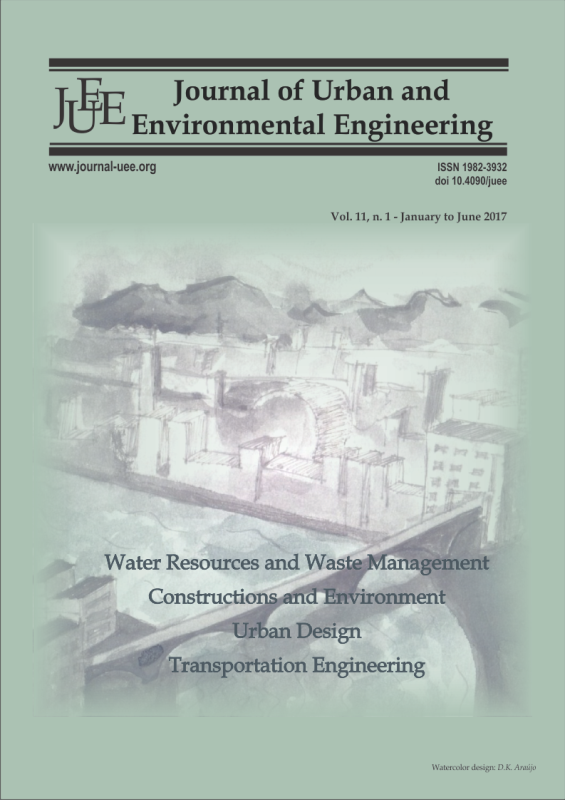ATMOSPHERIC DYNAMICS OF AIR POLLUTION DISPERSION AND SUSTAINABLE ENVIRONMENT IN NIGERIA
DOI:
https://doi.org/10.4090/juee.2017.v11n1.51-57Keywords:
dispersion patterns, chlorine gas explosion, mathematical modelAbstract
The basic properties of chlorine was used to determine the dispersion patterns of the recent Jos explosion. The dynamic aerosols content model was used to affirm the eight kinds of dispersion patterns discussed in this text. The location of the victims showed that the dispersion at Jos was either linear or polynomial dispersion. The dispersions are influenced by atmospheric ventilation, stagnation and recirculation. The last chlorine gas explosion follows the linear or polynomial dispersion because of the current state of aerosol loadings in Jos. The aftermath effect of this kind of dispersion may be more threatening than the initial danger due to the chemical formation of more dangerous compounds. The atmospheric conditions for the formation of toxic compound were investigated using twelve years MERRA satellite observation. The degree of freedom of methane, carbon oxide and ozone was nearly uniform for the past five years. This means the next five years or more may be threatening for life forms within the region. The installation of gas tracers within major locations in Jos was suggested to monitor the formation of dioxins in the atmosphere.Downloads
Download data is not yet available.
Downloads
Published
2017-05-21
Issue
Section
Articles




